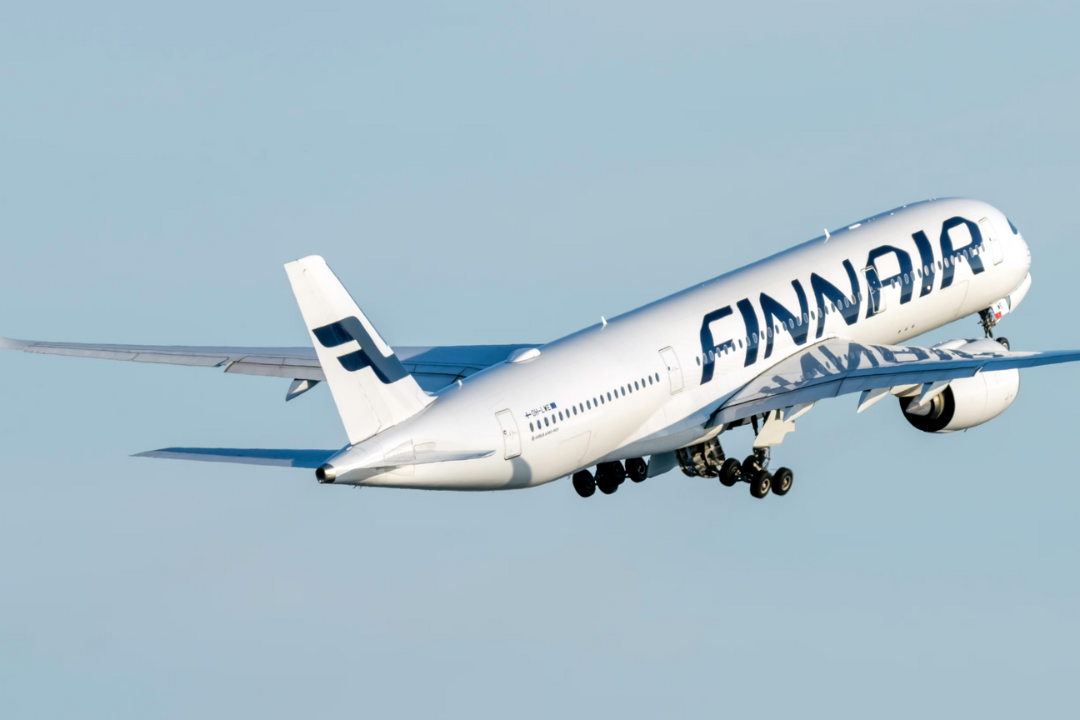Summary The demise of quad-jet airliners has made twin-engine planes the new norm, offering up to six hours of flight time on one engine. The ETOPS rating for twin-engine aircraft has improved over time, with modern aircraft like the Airbus A350XWB achieving an ETOPS 370. In case of engine failure, commercial airliners can glide to safety due to skilful piloting, but cannot fly long distances without power.
Now that the quad-jets (namely the Airbus A340, Airbus A380, and Boeing 747) are out of production, they are slowly being replaced by twin-engine aircraft. So now, if an engine flames out, that means the aircraft loses 50% of its engines instead of 25%. There are no quad-engined airliners in production today (although, ironically enough, the introduction of ETOPS is credited with being one of the factors that killed the Airbus A380 ).

So, how far can an airliner fly with just one working engine? The good news is that all twin-engined aircraft must be certified to fly at least to some degree with one working engine. Modern long-haul twin-engined airliners can fly for up to six hours if an engine fails. ETOPS rating The Extended-range Twin-engine Operational Performance Standards ( ETOPS ) are aviation rules for one-engine-inoperative flight conditions.
It is a certification that allows twin-engine aircraft to operate routes a certain distance away from the nearest airport available for an emergency landing. ETOPS rating for the aircraft type determines how far the aircraft can fly with one inoperable engine. The ETOPS rating for aircraft has improved greatly in recent decades, from an initial 60-minute rating on the Airbus A300 to 370 minutes (more than six hours) on the Airbus A350 XWB.
In the early 1980s, three or four-engine aircraft primarily operated over-water long-haul flights because most twin-engine aircraft were limited to a 60-minute ETOPS rating. The Boeing 767 program facilitated the development of the ETOPS extension beyond the 60-minute limit. ETOPS ratings can have a real effect on aircraft - for example, they had a large impact on how the Boeing 757 is used .
ETOPS determines how far any twin-engine aircraft can fly. The FAA requirement The Federal Aviation Administration ( FAA ) required Boeing to provide a comprehensive trend monitoring system to gather in-flight data. The purpose of this requirement was to record the inflight reliability of critical systems.
The systems provided data on various parameters essential for the performance of the engines. FAA also required the engine manufacturers to record hundreds of thousands of hours of flight data to identify trends. For example, Pratt & Whitney was required by the FAA to record a minimum of 250,000 consecutive flight hours for JT9D engines with a meager shutdown rate.
ETOPS Rating in minutes for select aircraft: Boeing 737 (200/300/400/500) 120 minutes CFM56-7-powered Boeing Next-Generation 737 180 minutes Boeing 757 120 minutes Boeing 767 180 minutes Boeing 777 (200LR/200ER/300ER) 330 minutes Boeing 787 330 minutes Airbus A320 120 minutes Airbus A330 180 minutes Airbus A350-900 EASA up to 330 minutes / FAA over 180 minutes In January 1985, the Boeing 767-200 received its first ETOPS limit of 120 minutes. Trans World Airlines (TWA) operated the first 120-minute ETOPS-certified transatlantic flight between Boston and Paris in February 1985. The successful shutdown and failure data over the following years allowed the FAA to increase the ETOPS limit on the Boeing 767 to 180 minutes in 1989.
The islands' development was changed significantly. Recent ratings Since 1989, the ETOPS rating has been increasing, thanks to modern engines that promise high safety standards and in-flight reliability of twin-engine aircraft. The Airbus A350XWB is the first aircraft to receive the ETOPS 370 rating, the current maximum.
The FAA and European Aviation Safety Agency (EASA) approved the aircraft with the ETOPS 180 before it entered service in 2016. The approval included the provisions for ETOPS 300, which provides 2,000 NM (2,300 miles/3,700 km) of diversion distance with one inoperable engine. With the in-service operational data, the aircraft exercised an additional provision of ETOPS 370, achieving a maximum of 2,500 NM (2,900 miles/4,600 km) of diversion distance on one working engine.
Gliding with no engines Commercial airliners can also glide for a considerable distance with no working engines. This has happened at least twice to Canadian airliners, and both times, by a combination of luck and superb piloting skills, the pilots managed to land their dead aircraft safely. That said, airliners are not gliders and can have a sink rate of 2,000 feet per minute - meaning they can not glide for long.
Gimli Glider sink rate: Over 2,000 feet per minute Azores Glider sink rate: Approx. 2,000 feet per minute Azores Glider glide distance: Almost 75 miles Air Canada Flight 143 (aka the Gimli Glider) ran out of fuel as it flew from Montreal to Edmonton over Winnipeg in July 1983. The cause was a mixup in the amount of fuel believed to be onboard (it only had 45% of the required amount of fuel).
Its engines cut out at 41,000 feet midway through the flight, but the experienced crew glided the Boeing 767 to make an emergency landing at a Royal Canadian Air Force base near Winnipeg. While the Boeing 767 may have been able to glide tens of miles to the airport, the 132-ton aircraft still had a sink rate of over 2,000 feet per minute without its engines. The second time was in August 2001, when Air Transat Flight 236 (aka the Azores Glider) flew transatlantic from Toronto to Lisbon .
The Airbus A330 experienced a catastrophic fuel leak that led to the loss of all engine power over the Atlantic Ocean. Fortunately, Captain Robert Piche was an experienced glider pilot - with First Officer Dirk DeJager, he glided it to an airport in Portugal's Azores islands, saving the lives of all 306 people onboard. This was the longest passenger aircraft glide without engines, with the aircraft gliding for almost 75 miles (or 121 kilometers).
.



















